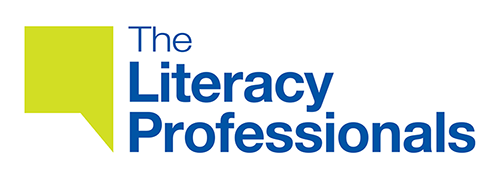
Language, literacy and numeracy training is not just “nice to do”, it is core business. We have had a lot of experience working in service industries where communication is client care. By focusing on people’s language, literacy and numeracy skills, you are helping them to become more productive, collaborative, confident employees.
It can also have direct impact on the bottom line of your business.
Workplace literacy training, however, goes further: it equips people to handle change, take on further responsibility and new challenges at work and in the community. Training can lead to the following benefits for the business:
- Improved relations with customers and clients.
- Better coordination of work teams.
- Better productivity through fewer mistakes, wastage and work that needs to be redone.
- More confident staff who are better prepared to take on further training and workplace qualifications.
- Staff who are better equipped to adapt to new roles and responsibilities.
- Reduced risk through non-compliance or health and safety.
- Improved confidence, job satisfaction and participation at work.
- Improved staff retention.
So, how do we measure outcomes? It’s more than just measuring skills gain through an assessment (although of course we do this). It also involves participants noticing their own growth. Supervisors and colleagues will also have a perspective on individuals’ growth. There will be existing metrics in place in your business that can be used to measure benefit. For example, maybe your business keeps track of wastage or workplace accidents. Maybe you have regular customer feedback mechanisms in place. All of these can be used to provide evidence that the programme is working and making a difference. It’s important to think about the drivers that made you start the programme and think through how these benefits will be quantified.